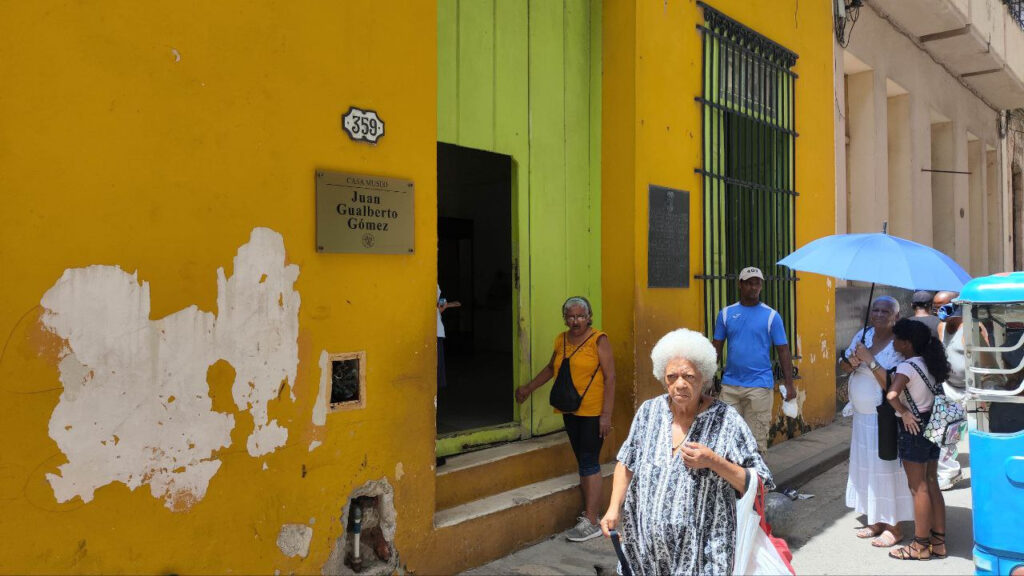
14ymedio, Xavier Carbonell, Salamanca, 12 July 2024 — A large part of Juan Gualberto Gómez’s library was kept in the house that the patriot and his wife had built in Santos Suárez. When the family decided to leave Cuba, after Fidel Castro’s coming to power, they didn’t have time to take everything out. Angelina Edreira, his daughter, who was relocated, still lived there. The Government sealed the house and handed it over, shortly thereafter, to a large family, who threw what was left of the archive into the street. A friend informed Clara Caballero Caraballo, Juan Gualberto’s great-granddaughter, that the family’s books – including his own – were scattered on the sidewalk. She went to look for them. She managed to get a photo of her great-grandfather and a book dedicated to Emilio Roig, whose title, in the light of present circumstances, was still ironic: For a Free Cuba.
This Friday marks the 170th anniversary of the birth of Juan Gualberto, and his great-granddaughter has organized a tribute in Madrid, where she has been living in exile for decades. Architect and researcher about the Cuban “sacarocracia”*, Caballero talks with 14ymedio about the oblivion and recovery of the memory of the hero, whose thought has been relegated to the dustbin by the Revolution because it continues to be – she maintains – “democratic and dangerous.”

Born in 1854, Juan Gualberto Gómez appears in Cuban history books as “Martí’s friend,” always in the background, and his work is very rarely studied. Caballero says that her great-grandfather “died poor and did not have a square meter of land to be buried in so a tomb was built for him.” During the ceremonies for Martí’s centenary in 1953, her grandmother Angelina approached the governor of Havana and told him: “The Republic is celebrating, and the remains of Juan Gualberto Gómez are welcomed by a religious archconfraternity.”
The following year – when Caballero had just been born – the patriot could count on a worthy tomb, paid with a government credit. “It was a racist society and his name did not appear in any history book,” Caballero says, to illustrate how relegated his memory was. Caballero’s aunt, Nancy Loyola Edreira, had to fight a lot for Havana Historian Eusebio Leal to include the house on 359 Empedrado Street – where Juan Gualberto lived and worked – in Havana’s restoration plan. Today it is a museum.
“In the family it was conveyed that Juan Gualberto was very loving and sincere. My father’s generation and my aunts opted for pedagogy – in particular history and geography – and French culture. My grandmother studied at the French Alliance in Havana and traveled a lot to Europe before the Revolution. And, of course, she knew how to dance chotis**,” jokes Caballero.

Angelina left Cuba in 1968


